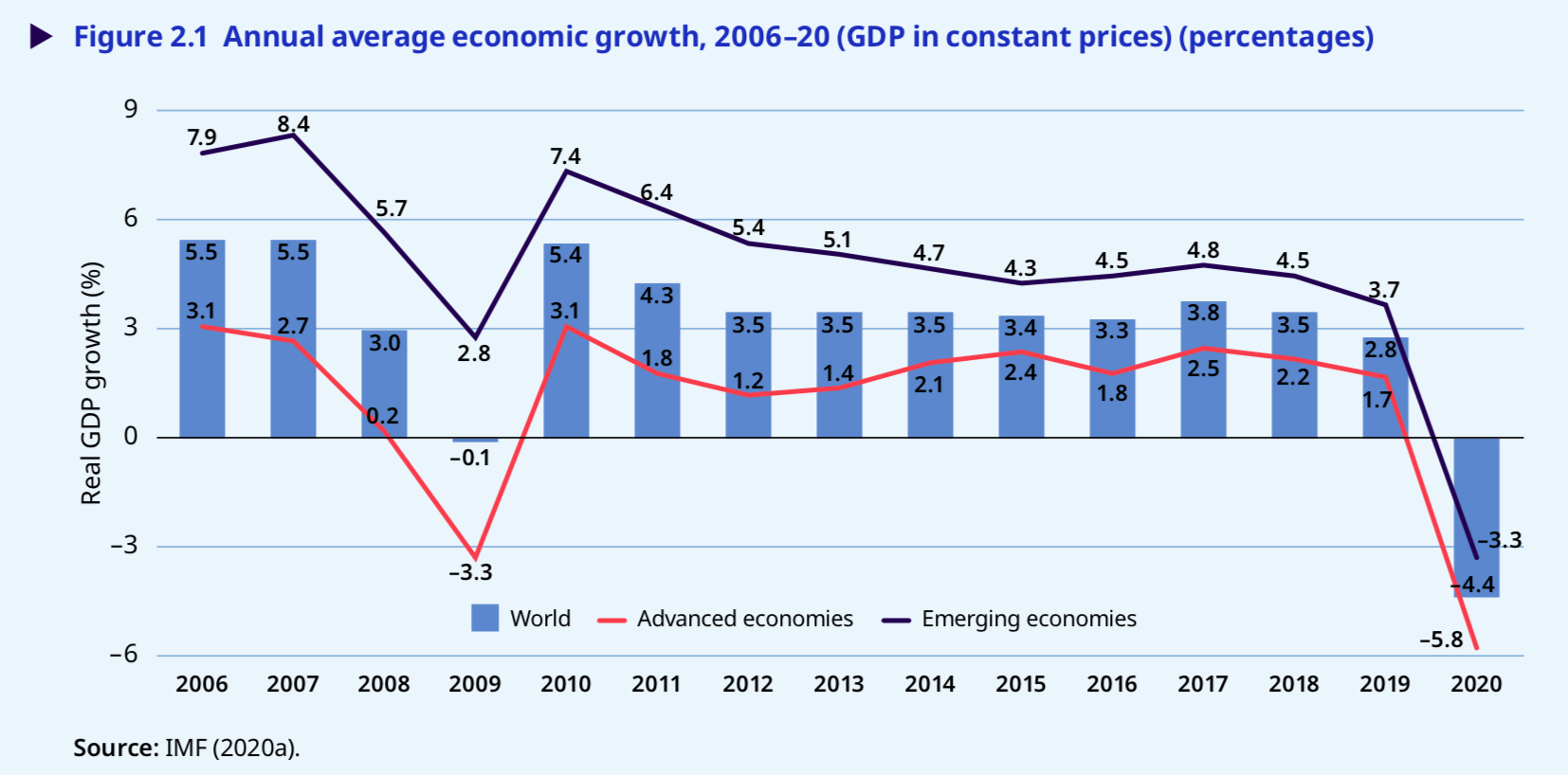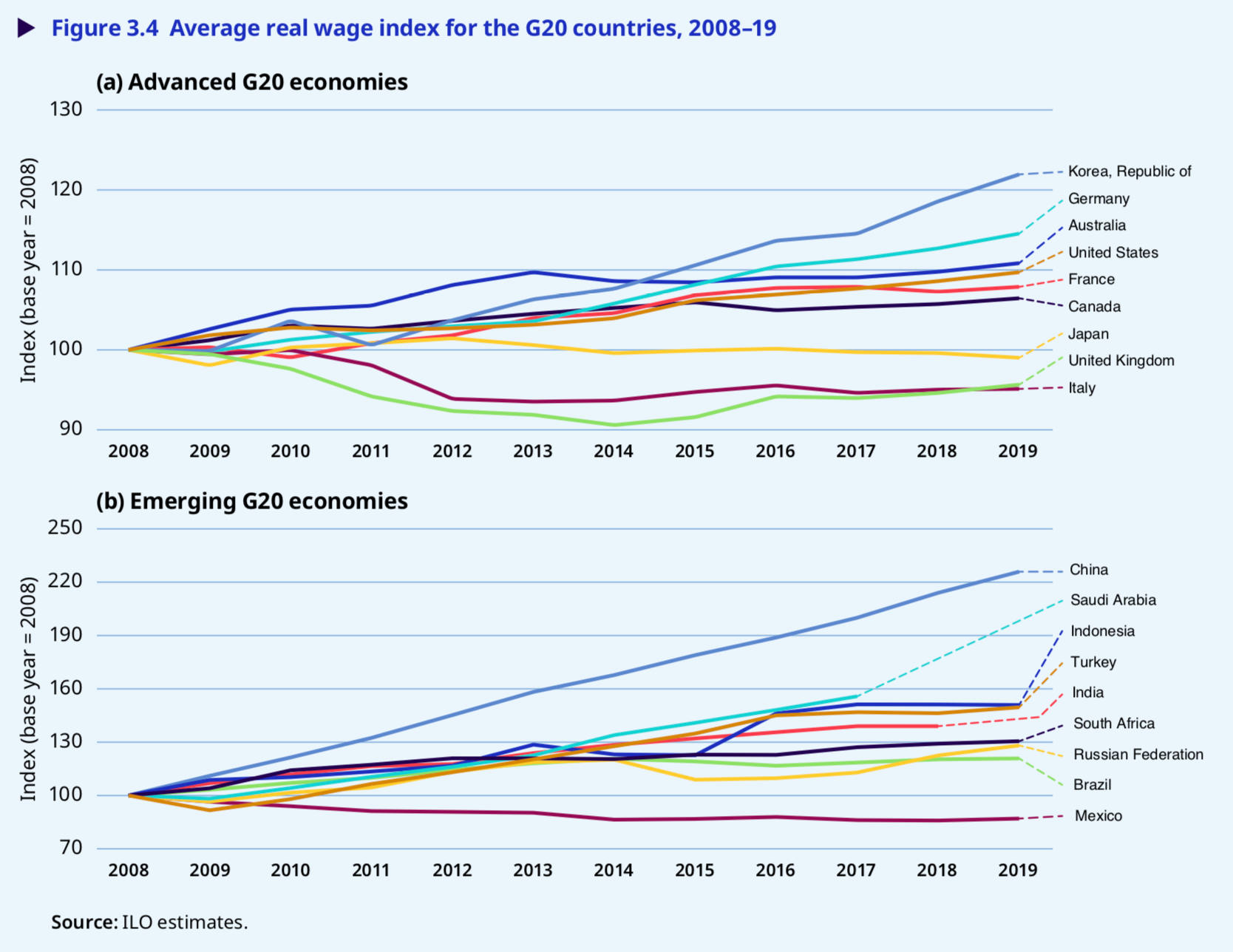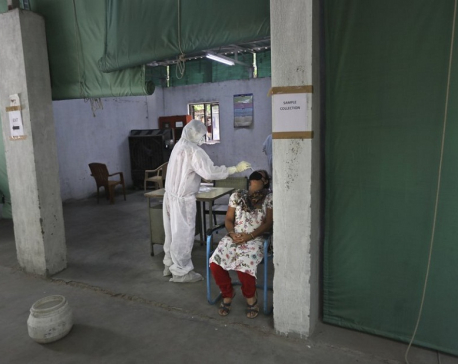
OR
COVID-19 likely to create more income inequality between men and women: ILO Report
Published On: December 7, 2020 08:40 AM NPT

KATHMANDU, Dec 7: Wages of women and low-paid workers have been disproportionately affected by the crisis, which has created a risk of severely increasing the income inequality, said the International Labour Organization (ILO).
According to ILO’s Global Wage Report 2020/21, the impact on women has been worse than on men. Estimates based on a sample study of 136 countries in the past four years before the pandemic and 28 European countries following the pandemic found that without wage subsidies women lost 8.1 percent of their wages in the second quarter of 2020, compared to 5.4 per cent for men.
The crisis has also severely impacted lowly-paid workers. Those in lower-skilled occupations lost more working hours than higher-paying managerial and professional jobs.

“The growth in inequality created by the COVID-19 crisis threatens a legacy of poverty and social and economic instability that would be devastating,” ILO’s director-general Guy Ryder said.
The international organisation has stressed on the need for enforcing human-centered recovery strategy. It has stressed on the need for adequate wage policies that take into account the sustainability of jobs and enterprises, and also address inequalities and the need to sustain demand.

The report states that, globally, 266 million people – 15 percent of all wage earners worldwide – were earning less than the hourly minimum wage, either because of non-compliance or because they were legally excluded from such schemes. Most of all, women have been earning just the minimum wage or less.
The report has also sought the need for enforcing adequate minimum wages to protect workers against low pay and reduce inequality. Besides, better compliance, and extending the package coverage to more workers have also been considered to minimize inequality. “In developing and emerging countries, better compliance will require moving people away from informal work and into the formal sector,” reads the report.
The report also stated that global real wage growth fluctuated between 1.6 and 2.2 percent in the past four years. Real wages increased most rapidly in Asia and the Pacific and Eastern Europe and much more slowly in North America and northern, southern and western Europe, according to the ILO report.
You May Like This

Second wave of COVID-19 increases risk of worsening income inequality: Finance Minister Poudel
KATHMANDU, May 5: The second wave of COVID-19 has fuelled the worsening conditions mainly of the people in low income and... Read More...

India’s social inequalities reflected in coronavirus care
NEW DELHI, June 26: When Pradeep Kumar’s wife was admitted to a government-run hospital in India’s capital for treatment of... Read More...







Just In
- Health ministry to conduct ‘search and vaccinate’ campaign on May 13
- Indian customs releases trucks carrying Nepali tea, halted across Kakarbhitta
- Silent period for by-election to begin from midnight
- SC issues short-term interim order to govt and TU not to take immediate action against TU legal advisor Khanal
- National consultation workshop advocates to scale up nutrition smart community in Nepal
- Patan High Court issues short-term interim order to halt selection process of NTB’s CEO
- NEPSE inches up 0.15 points; daily turnover increases to Rs 2.53 billion
- Bagmati Govt mandates tri-lingual signboards in offices











Leave A Comment